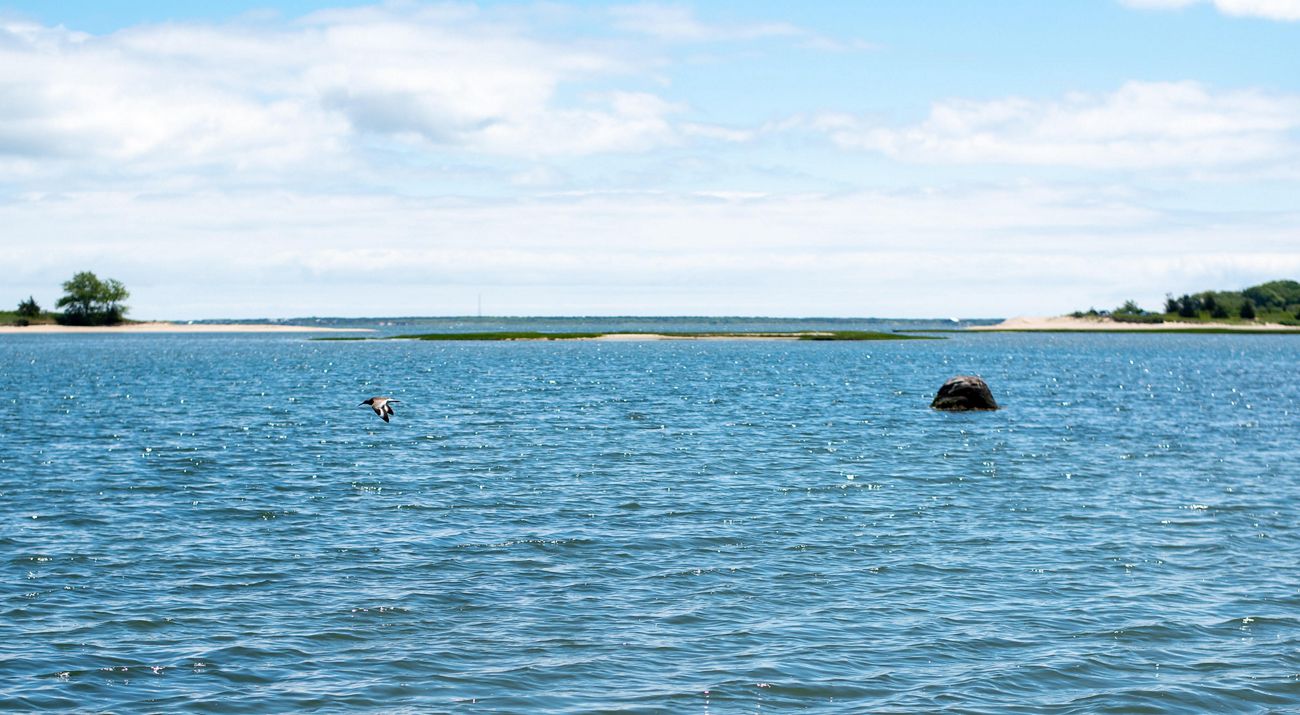Description
A body of water between two forks, the Peconic Estuary is a shallow, well-mixed estuary located between the North and South ends of Long Island, New York. Approximately 128,000 acres of the watershed drain into the 155,000-acre estuary connected to the Atlantic Ocean.
Why We Chose This Place
The Peconic Estuary exhibits a rich mosaic of coastal and underwater habitats that support diverse communities and 140 globally and locally rare species. The distinctive ecology of the Peconic Estuary can be attributed to its unique fresh groundwater source and the restriction of water flow out of the estuary by Shelter Island.
The Peconic Estuary and its watershed have been identified as one of The Nature Conservancy’s “Last Great Places” in the western hemisphere. Over 90 separate areas have been designated as significant coastal fish and wildlife habitats by the New York State Department of State. The estuary provides feeding habitat as well as spawning and nursery grounds to a wide variety of aquatic and terrestrial species.
Shellfish, such as bay scallops and hard clams, and fish, such as bay anchovies, Atlantic silversides, summer flounders and weakfish, are among the many aquatic species that utilize the Peconic Estuary.
Meadows of eelgrass, found along the edges of the eastern end of the estuary establish one of the most important underwater habitats within the Peconic. These meadows provide food and shelter for many marine organisms and are an important component of the nutrient cycle.
Challenges and Threats
On the large scale, the Peconic watershed is an interconnected gradient of terrestrial, freshwater and marine systems that support and enhance biodiversity on Long Island. Over 50% of the uplands and shoreline surrounding the Peconic Estuary are developed or under cultivation. The Nature Conservancy aims to conserve the diversity of plants, fish and wildlife within the Peconic Estuary.
In 1994, The Nature Conservancy became actively involved in the Peconic Estuary Program (PEP). PEP is the mechanism for bringing together government agencies, stakeholders, environmental groups and concerned citizens to work to ensure that the Peconic Estuary is preserved and enhanced for future generations.
Conservation Strategies
We are working to preserve land in and around the Peconic Estuary watershed, as well as restore wetlands, bay scallops, weakfish and piping plover populations, to name a few. A combination of adaptive management and target restoration is necessary.
Fast Facts
- Public and private agencies and organizations currently protect 36,000 acres of the Peconic watershed.
- The Nature Conservancy owns 23 preserves within the watershed, the largest being the 2,039-acre Mashomack Preserve located on Shelter Island.
- In 1993, the Peconic Estuary was the 28th estuary admitted into the National Estuary Program by the Environmental Protection Agency.

